Your house is more at risk of flooding than it is of fire if you are one of the five million people in England and Wales who live on a floodplain.
But the number of people at risk is only set to increase over the next couple of decades, many of whom will be at risk or affected for the first time.
While the chances are you already have a smoke alarm fitted and a rough plan of evacuation should you ever experience a fire, you probably haven’t put too much consideration into how you’d deal with a flood, not unless you’ve been unlucky enough to have already experienced one.
And while you’re probably aware of the common causes of fire, how aware are you about the common causes of floods? And when flood water is and isn’t safe to touch?
If not dealt with quickly, clean water can soon become grey and secondary damage can start racking up additional costs. If this sounds foreign to you, then you need to keep reading.
With flood risks estimated to increase over the coming years, it is more important than ever to be aware of the dangers of flood and how to go about the cleaning and restoration following one.
So, what are the common causes of flood?
- Coastal Flooding
- River Flooding
- Surface Flooding
- Groundwater Flooding
- Sewage Flooding
- Reservoir or Dam Failure
Coastal Flooding
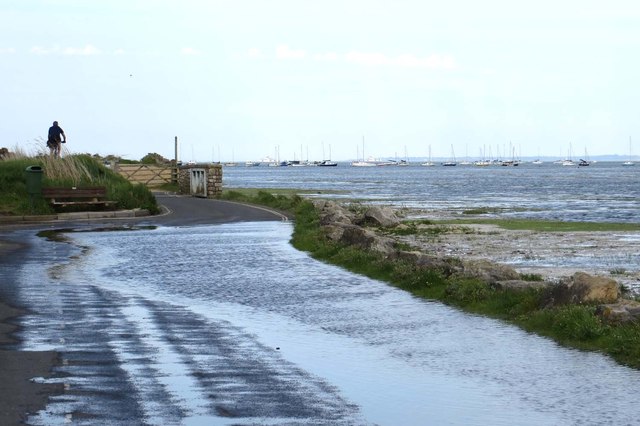
If you live along the coast, then you are at risk of coastal flooding.
Coastal flooding occurs when high tides coincide with a low pressure storm system. This causes sea and tidal levels to rise, before finally overwhelming coastal defences.
Hurricanes, severe storms and gale force winds can intensify the conditions, pushing the raised body of water up onto the coast which can have devastating effects on surrounding wildlife, vegetation and property. The strength, size and speed of the storm, gale or hurricane will directly impact the severity of the flooding.
But it’s not just property along the coast itself that is at risk. Property in tidal river basins may also be affected by coastal flooding due to floodwater being forced up the tidal reaches of rivers and estuaries by the sea levels and winds.
This type of flooding is estimated to increase in likelihood, in line with rising sea levels.
River (Fluvial) Flooding
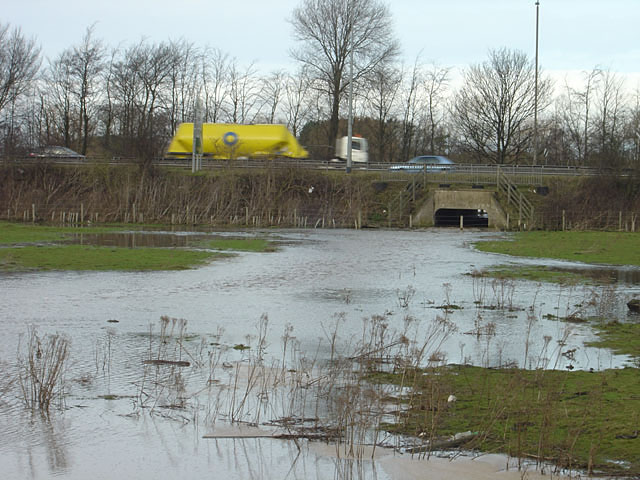
River flooding, also known as fluvial flooding, occurs when a river exceeds its capacity following excessive rainfall over an extended period.
During heavy rainfall, rivers and streams are unable to carry away excess water within their usual drainage channels, resulting in the river “bursting its banks” – ie. the water overflows onto the surrounding land.
The potential damage from river flooding can be widespread. Not only can the floodwater effect the imminent area, but it can also impact nearby land as the overflow travels downstream to smaller rivers.
And if the river is especially fast flowing, it causes additional threat – just two feet of fast flowing floodwater can sweep a car away. With that in mind, it’s also not surprising to learn that river flooding can cause structural damage to nearby buildings.
The severity of a river flood will depend on several factors. These include the amount of precipitation in the area (how much rain, drizzle, sleet, snow, hail etc there is), how long it is taking for the precipitation to accumulate, or “puddle”, the previous saturation of the ground (the more saturated the ground, the less water it’s able to absorb), and the terrain surrounding the river.
If you live in an area where there is a lot of flat ground, you may notice that flood water rises slowly but will often take days to drain away. However, in hilly or mountainous areas, you may experience river flooding within minutes of heavy rainfall.
Surface (Pluvial) Flooding
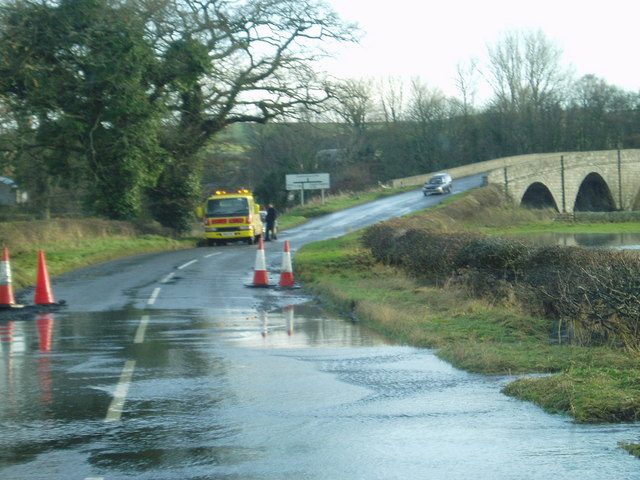
It is often believed that for a flood to occur, there has to be a body of water to overflow. But that’s not strictly true.
Areas located high above rivers and coastlines and away from floodplains, and urban areas miles away from a river or lake can still experience severe flooding. How?
Surface flooding. Also known as pluvial flooding, this type of flood occurs during heavy rainfall, completely independent and irrespective of any body of water.
You have probably seen surface flooding in England during recent months. During heavy rainfall, roads, motorways and streets become flooded, either bringing traffic to a stand still or causing a diversion to be put in place.
This type of surface flooding happens when an urban drainage system is overwhelmed by excess water and therefore cannot hold any more. This results in surface flooding, whereby water pours out into the streets and even into nearby homes and buildings.
It is often made worse in urban areas due to the amount of hard landscaping and impermeable materials used, such as concrete and tarmac. These materials do not allow the water to drain away, and therefore it sits on the surface.
Surface flooding can affect whole neighbourhoods, a localised area, or individual properties. It is estimated that there are currently four million homes at risk of surface flooding in the UK.
Groundwater Flooding
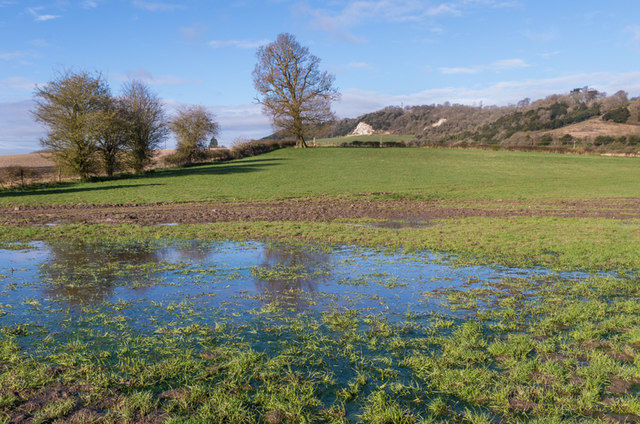
While groundwater flooding shares similarities with surface flooding, it is important to note the differences.
Most likely to occur in low-lying areas on or near aquifers (permeable rock underground such as limestone, sandstone and unconsolidated sand and gravel), groundwater flooding is most common during long periods of substantial rainfall.
This type of flooding can fastly overwhelm drainage systems. It also has the potential to inundate roads with excess water, and puts local buildings at risk of flooding – especially those with basements.
Unlike surface flooding which happens as a result of unexpected heavy rainfall, groundwater flooding can happen independently or alongside other types of flooding, particularly in areas surrounded by an abundance of porous soil and rock, or in areas with a naturally high water table.
In extreme circumstances, groundwater flooding can even cause other types of flooding. For example, once the groundwater appears on the surface, it has to go somewhere and can make its way into rivers, causing the water level to rise and ultimately overflow.
Groundwater flooding can cause significant damage to properties and this type of flooding can last weeks or even months. It has incredibly difficult to predict and currently impossible to defend against.
For more information about groundwater flooding, see this information leaflet put together by Kent County Council and the Environment Agency.
Sewer Flooding
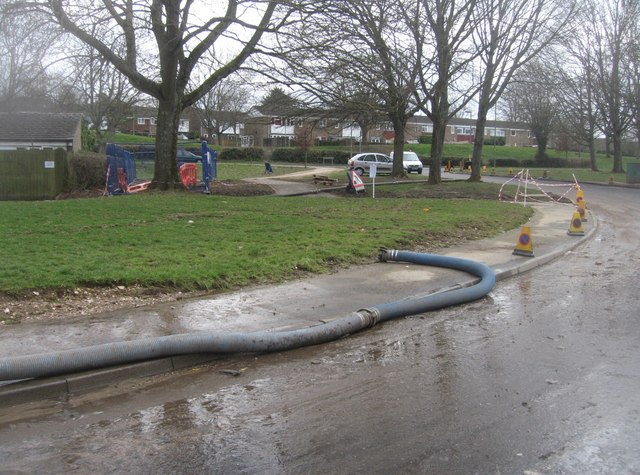
Sewer flooding can happen both internally or externally. The cause can be within your own vicinity or it can be some distance away.
Commonly caused by blockages or failure in equipment, a sewage leak can also be caused by too much water entering a run-off as a result of other types of flooding (such as surface water or river floods). During heavy rainfall, it is possible for the drains to become overwhelmed, particularly in urban areas where it is common for rainwater and sewage to share the same sewer system.
When this happens, sewage will overflow from manholes and gullies, flooding land, rivers, gardens and sometimes it can be so severe, it will begin to enter homes. Often containing human excrement, sewage floods are particularly unpleasant and grossly unhygienic, needing specialist help to clean up.
Depending on the cause, sewage floods can affect an individual property, a run of properties, or a localised area.
Reservoir or Dam Failure
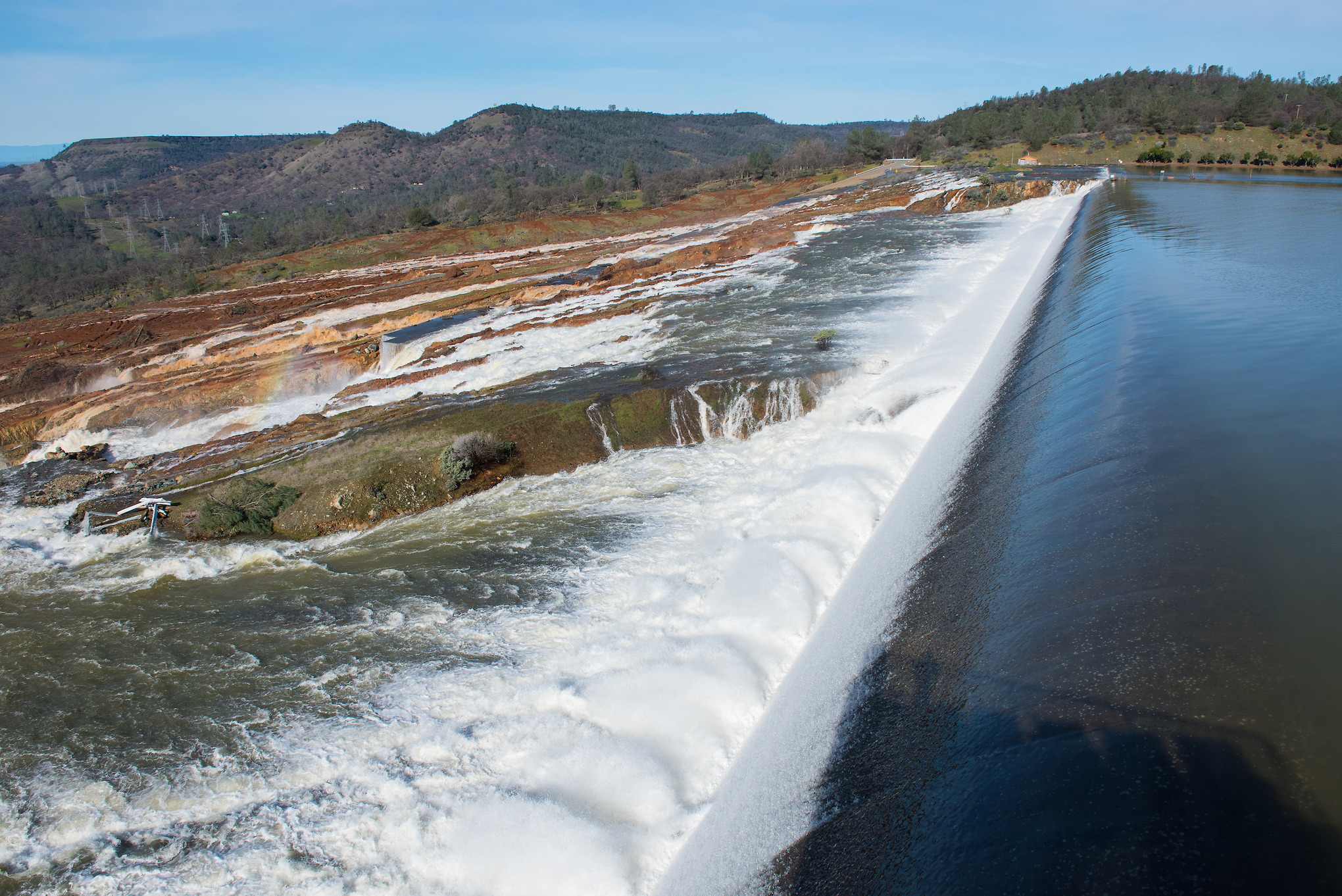
Reservoir and dam failures are extremely uncommon in the UK. However, with approximately 5,000 reservoirs made by creating a dam across a river or stream, it isn’t a possibility that should go ignored.
Despite the chances of a reservoir or dam failure being minute, the potential damage and consequences would be catastrophic.
Take the recent dam failure in Puerto Rico for example. The failure was a result of Hurricane Maria and resulted in severe flash flooding, leading to 70,000 people being evacuated. Or the heavy rainfall in 2007 which led to three villages in South Yorkshire being evacuated over fears of a dam collapse.
While extremely unlikely to fail, if it does happen, the reach of a dam failure could well extend several kilometres from the dam itself. Ensure you are aware of the closest dam to your house and if you would be at risk should a failure ever happen.
Final Thoughts
Flood risk is only set to increase, affecting more people and more property in the years to come. Make sure you Know Your Flood Risk and make yourself aware of the different flood warnings and what they mean.
While it may be tempting to allow children to play in flood water, we would strongly advise against it. Unseen hazards, floating objects and contaminants are real risks. Contact with flood water should be avoided wherever possible.
In our next blog post, we explain the different categories of flood water, what it means for your health and the potential of pest infestations that floods bring with them. If you need a professional flood water extraction service after a flood, get in touch with us at Ideal Response.



